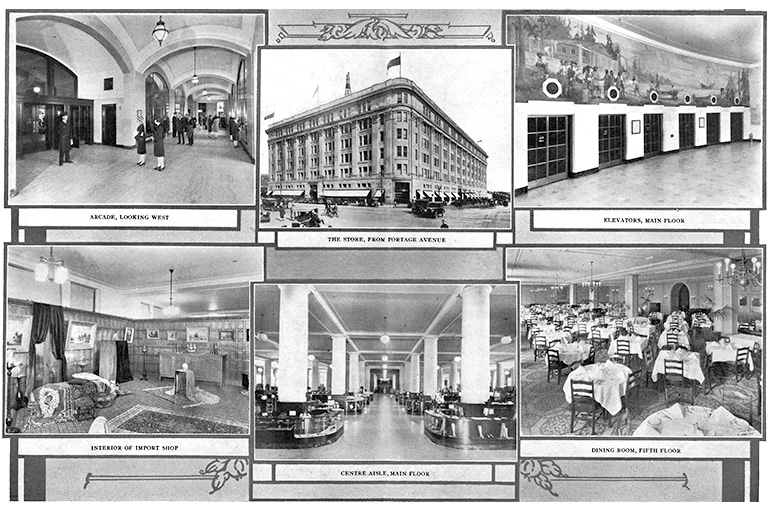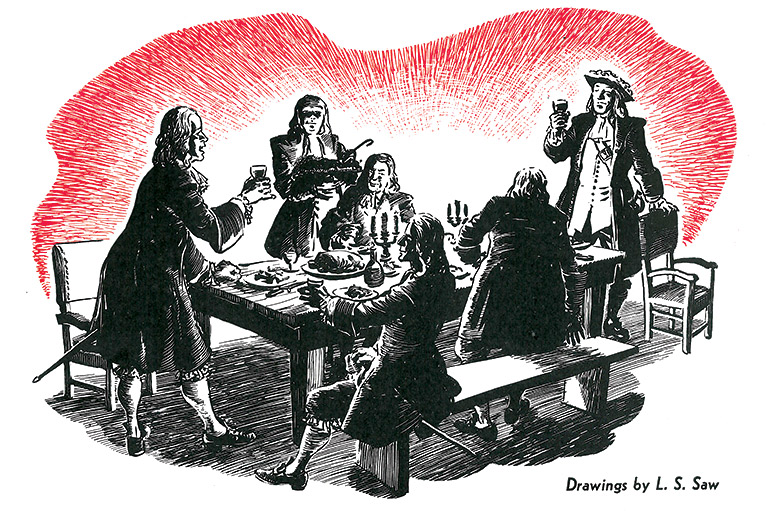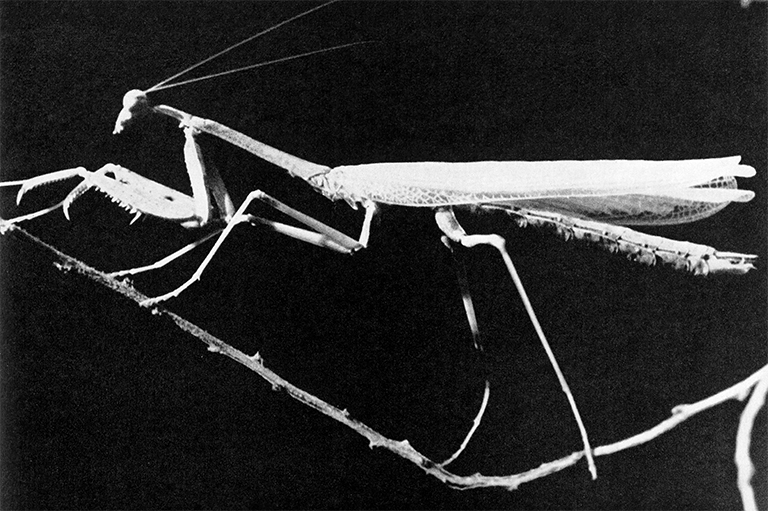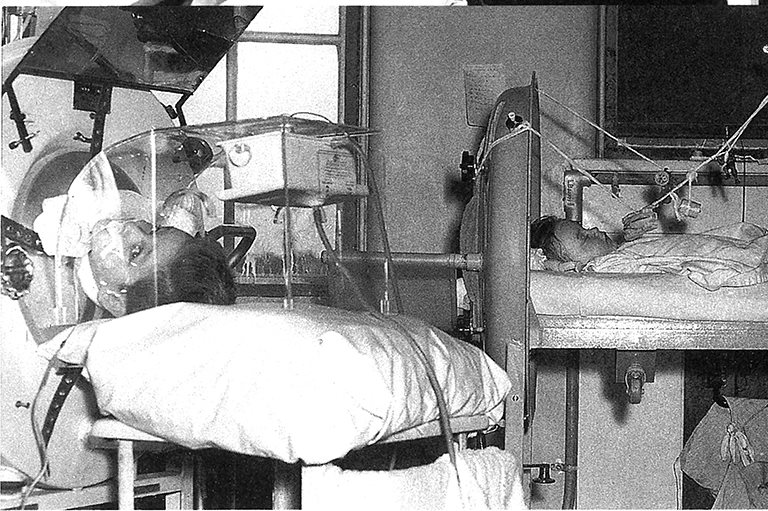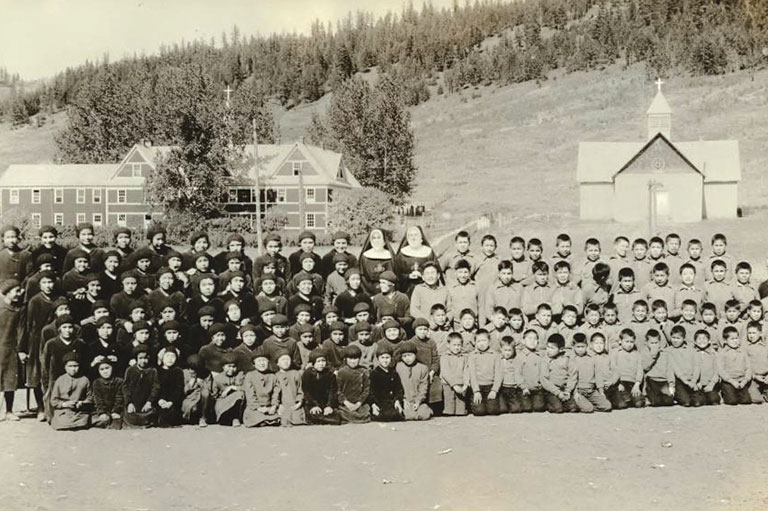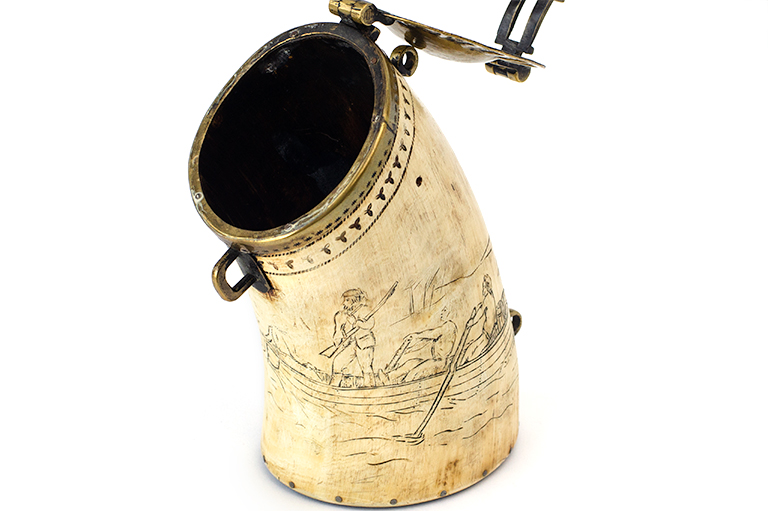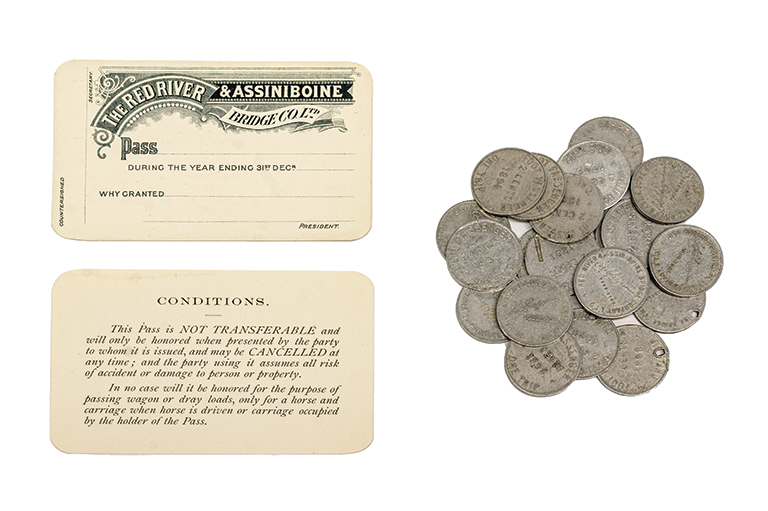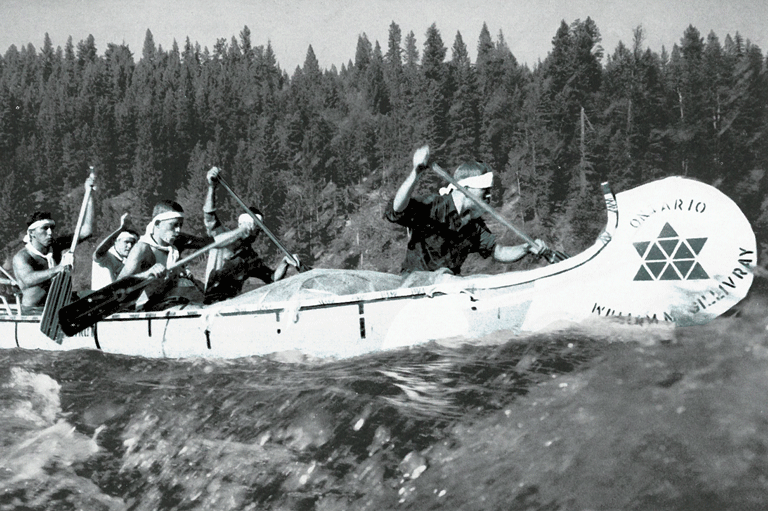Straightlaced or Straight-up Lacy?
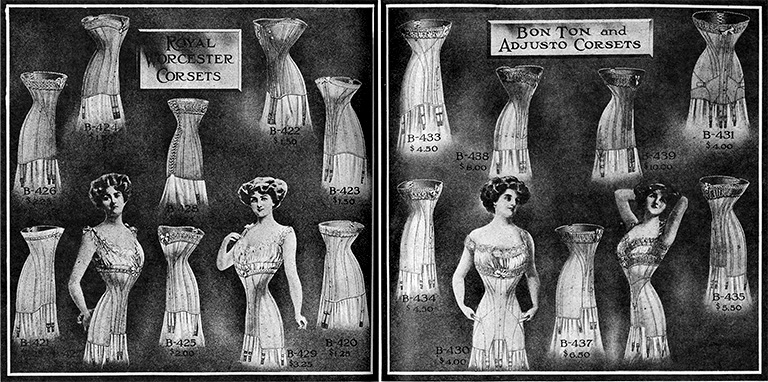
In the spring of 1926, the women of the Hudson’s Bay Company embraced the spirit of the Roaring Twenties by mounting Winnipeg’s first-ever undergarment fashion show.
As tastefully reported in the June 1926 issue of The Beaver, the “corset and lingerie display” featured ten live mannequins — all members of the HBC staff — modelling “corsets, corselettes, compacts, complete wrap-arounds, step-ins, laced models, as well as a complete range of brassieres and suitable lingerie for various and all occasions.”
The event promoted the importance of well-tailored underwear, for, as The Beaver journalist noted, “the most beautifully designed gown in the world may be ruined from an optical standpoint by an ill-fitting undergarment.” The categories of the program resembled a pre-feminist chronicle of well-to-do women’s lives: “Junior Miss, Girl Graduate, Debutante, Bride, Matron, and Stylish Stout.”
Presiding over the event, Mrs. Sperry, the manager of the lingerie department and “one of the best-known lingerie specialty women in Western Canada ... described [each] garment in a very interesting and enlightening manner.” Previous issues of The Beaver show that Sperry was a woman devoted to her calling. In the summer of 1924 she spent several weeks “in the east buying the latest corsets and brassieres for her department.” In December 1925 she was “placed in charge of the ladies’ underwear departments of Winnipeg and Saskatoon,” where she “spent considerable time in reorganization.” At the time of Sperry’s reign over the HBC lingerie department, corsets were constructed with whalebone stays. But undergarment design changed radically over the ensuing decades.
By the 1960s, brassiere designers were experimenting with different patterns and materials. In 1971, Louise Poirier, a designer working for the Montreal company WonderBra, patented the design that came to exemplify the brand. The documentation for patent number 877604 — which marks its fiftieth anniversary this year — describes it as “a brassiere which is provided with a non-stretch cup and elastic portions adjacent the cup, so that the cup can angle forward depending upon the size and the posture of the wearer, thus achieving comfort and a flattering shape at all times.”
Themes associated with this article
Advertisement
You might also like...

Canada’s History Archive, featuring The Beaver, is now available for your browsing and searching pleasure!


